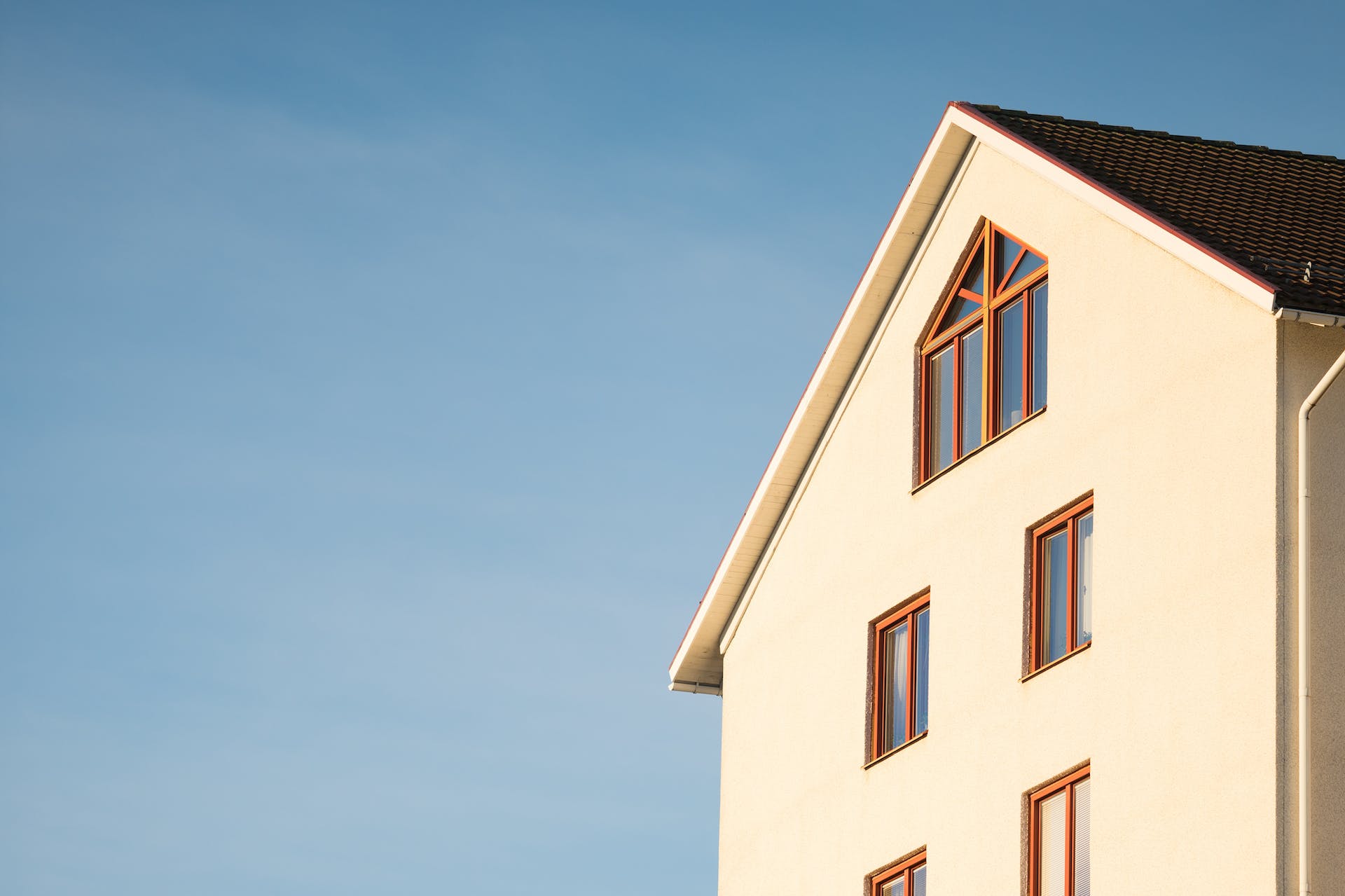Multi-Family Payment Program: 5% Down!

Fannie Mae recently implemented a reduction in the down payment requirement for loans on owner-occupied multifamily properties, effective from November 18. This development is being celebrated as a significant advancement for both real estate investors and potential homeowners, as acquisition of investment properties with a less cash becomes much easier. The timing of this decision is particularly opportune, given the current challenging landscape of high-interest rates, which has adversely impacted real estate affordability.
Under the updated policy, borrowers will now only need to provide a down payment equivalent to 5% of the total value of the multifamily home, a notable decrease from the previous requirement of 15% to 25%. This modification applies to loans for duplexes, triplexes, and fourplexes.
Requirements?
The primary stipulation worth noting is that this loan program is centered around owner-occupancy. In essence, borrowers are required to reside in the property and assume the role of a resident landlord.
A notable advantage of this condition is that potential rental income can be considered in the qualification for a mortgage loan. It’s important to emphasize that relying solely on future rental payments is insufficient for qualification; eligibility hinges on meeting current income criteria and actively paying rent at the current residence. However, these future rental payments contribute to the overall income requirement for the loan.
Furthermore, Fannie Mae has eliminated the FHA self-sufficiency test mandate for loans on 3-4-unit properties. The FHA self-sufficiency test typically demands that 75% of the rental income from such properties exceeds the monthly mortgage repayment amount. With this recent change, 3-4-unit properties are no longer bound by these criteria, streamlining the process of obtaining mortgage pre-approval for multifamily homes.
The maximum limit for 2-4-unit loans within this program is now set at $1,396,800, substantially broadening the range of available properties for investors, including more luxurious and expensive homes. This alteration is particularly beneficial for novice investors in pricier regions who were previously priced out of the multifamily market.
Notably, the policy shift encompasses HomeReady loans catering to low-income borrowers and HomeStyle Renovation loans, providing positive prospects for real estate investors engaged in house flipping or the BRRRR method. The HomeStyle Renovation loan incorporates the costs of proposed renovations into the total loan amount. However, it’s important to recognize that high-LTV refinancing and manufactured housing are excluded from both HomeReady and HomeStyle options. Prospective borrowers must also bear in mind the owner-occupancy requirement, especially if they are renovator-investors.
It’s crucial to be aware that high-balance loans and manually underwritten loans are exceptions to the policy change.
Disclaimer: The information provided herein is for general informational purposes only and should not be considered as financial or legal advice. Any reliance on the information presented is at the reader’s discretion. The terms, conditions, and eligibility criteria of loan programs, including those mentioned in this content, may be subject to change by the relevant financial institutions or governing bodies. Readers are encouraged to verify the accuracy and current status of the information by contacting Fannie Mae or consulting with qualified financial professionals. For specific details, inquiries, or the most up-to-date information regarding loan programs, eligibility requirements, and any associated policies, it is recommended that readers directly contact Fannie Mae or visit their official website. Fannie Mae contact information and official resources can be found on their website or obtained through authorized channels. The importance of seeking personalized advice and conducting due diligence before making any financial decisions is paramount.


